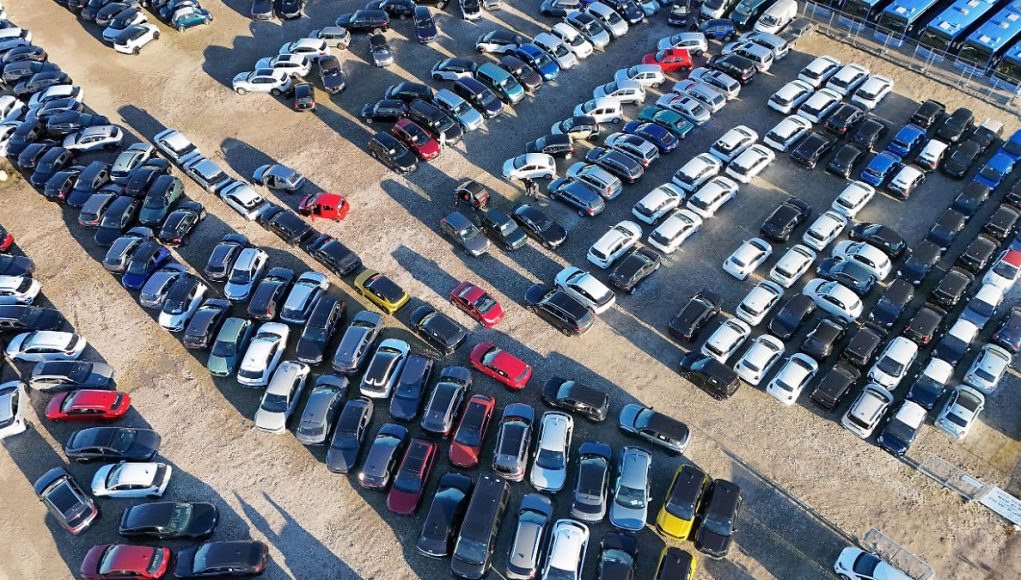The new car label applies from May
Retailers must report consumption and CO2 emissions more precisely
This audio version was artificially generated. More info | Send feedback
How much fuel does the car a buyer is interested in use? And how much CO2 does it emit? Until now, customers could only rely on often flowery manufacturer information. From May, dealers will have to provide more accurate and realistic values in showrooms and advertisements.
In the future, car dealers will have to provide more realistic and transparent information about the fuel consumption or CO2 emissions of new cars. A corresponding labeling requirement in sales rooms and on the Internet comes into force today, according to a paper from the Ministry of Economic Affairs. Information must now also be provided about the CO2 costs over the years that a buyer has to expect. There is already a CO2 tax in Germany, which should also apply to the EU as a whole and will increase over the years. When it comes to fuel consumption, the information must now correspond to the more realistic global test regulations (WLTP), which have been in force since the end of 2017.
However, the implementation of a labeling requirement as required by the EU failed in the last electoral period in Germany. According to the regulation, those interested in new cars must be able to see the information in showrooms and on the Internet from May. They are mandatory for print advertising in newspapers or magazines from August. The transport, environment and the leading economic departments have agreed on the new car label.
“The new car label provides information about the energy costs and, for the first time, also about the CO2 costs of the vehicles,” said Economics Minister Robert Habeck from the Greens. “The improved labeling enables an informed purchasing decision that protects the climate and protects your wallet.” In addition to the consumption values according to the more realistic WLTP test procedure and the CO2 emissions, a new label for the efficiency classes will also be mandatory. The vehicles are classified from A (no CO2 emissions, green) to G (high emissions, red). When classifying, only CO2 emissions are taken into account.
Weight no longer plays a role
Unlike before, weight no longer plays a role. Previously, a heavy SUV could perform well because its fuel consumption was comparatively low in relation to its weight. There will also be more information about so-called plug-in hybrids, i.e. cars with both electric and fossil fuel drives. Firstly, a class classification is provided here as before for consumption in mixed operation. On the other hand, the class for pure combustion engine operation must also be identified. This takes into account the experience that many of these vehicles, which are often heavy and used as company cars, are only fueled with petrol or diesel.
Also new are cost information over the next ten years, which are expected due to the rising CO2 price. Since the extent of the increase is uncertain, three scenarios (high, medium, low) are assumed and shown for a mileage of 15,000 kilometers per year.
































